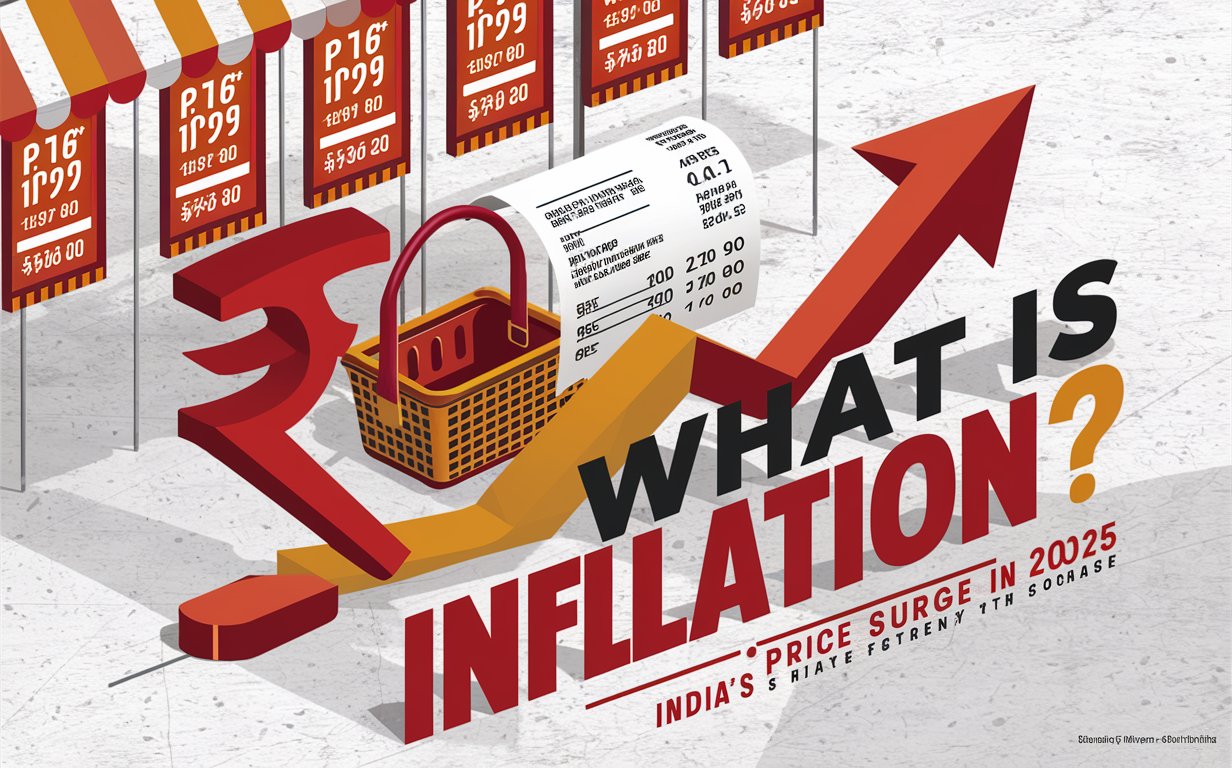Ganesh Chaturthi: A Deep Dive into the Vibrant Festival of Lord Ganesha
Ganesh Chaturthi, also called Vinayaka Chaturthi, is among the most lively and widely celebrated festivals across India. Dedicated to Lord Ganesha, the elephant-headed god of wisdom, prosperity, and new beginnings, Ganesh Chaturthi is a festival marked by elaborate preparations, joyous celebrations, and deep cultural significance. This article explores the multifaceted aspects of Ganesh Chaturthi, from its origins and rituals to its modern-day celebrations and impact on Indian culture.

What is Ganesh Chaturthi?
Ganesh Chaturthi is a Hindu Sanatan festival that commemorates the birth of Lord Ganesha. It typically takes place in August or September, according to the lunar calendar. The festival is known for its grand processions, intricate decorations, and the creation of elaborate Ganesha idols, which are worshipped in homes and public pandals (temporary structures) before being immersed in water at the end of the festival.
The Significance of Lord Ganesha
Lord Ganesha, also known as Ganapati, is revered as the remover of obstacles and the god of beginnings. He is also considered the patron of arts and sciences, making him a symbol of wisdom and knowledge. His elephant head represents intelligence and his large ears signify the importance of listening.
The Origins and History of Ganesh Chaturthi
Historical Background
Ganesh Chaturthi has ancient roots, with references to the festival found in various historical texts. The celebration of Lord Ganesha’s birth is mentioned in Hindu scriptures like the Ganesh Purana. The festival was initially celebrated in private households and temples but gained significant public prominence in the 19th century.
Evolution of the Festival
The transformation of Ganesh Chaturthi from a private worship practice to a grand public celebration is largely attributed to the Indian freedom fighter Bal Gangadhar Tilak. During British colonial rule, Tilak saw the festival as a means to unite people and foster nationalistic sentiments. His efforts popularized the public celebration of Ganesh Chaturthi, making it a major cultural event.
Traditional Rituals and Celebrations
Preparations for Ganesh Chaturthi
Preparations for Ganesh Chaturthi start weeks ahead of the festival. Families and communities start by crafting or purchasing Ganesha idols, which vary in size and intricacy. Homes are decorated with vibrant flowers, lights, and rangoli (colorful floor designs). The preparation also involves making traditional sweets and snacks, such as modaks (sweet dumplings), which are believed to be Ganesha’s favorite.
Rituals and Customs
- Ganesha Idol Installation: On the first day of the festival, the Ganesha idol is installed in homes and public spaces. The idol is often made from clay or eco-friendly materials and is adorned with flowers, garlands, and decorations.
- Puja (Worship): Daily pujas are performed during the festival, which involve offering prayers, performing rituals, and singing hymns in praise of Lord Ganesha. Typical offerings include flowers, fruits, and sweets like modak, laddu, pedha.
- Cultural Performances: Ganesh Chaturthi is also marked by cultural events such as dance performances, music concerts, and plays. These events often depict stories from Hindu mythology related to Lord Ganesha.
- Processions: On the final day of the festival, known as Anant Chaturdashi, grand processions are held where the Ganesha idols are carried through the streets in colorful and lively parades. Devotees dance and sing in celebration as the procession makes its way to a body of water for the immersion ceremony.
- Immersion Ceremony: The culmination of Ganesh Chaturthi involves immersing the Ganesha idol in a river, lake, or sea. This ritual symbolizes the return of Lord Ganesha to his heavenly abode and signifies the cycle of birth and rebirth.
Modern-Day Celebrations
Urban Celebrations
In urban areas, Ganesh Chaturthi has evolved into a major event with large-scale public celebrations. Elaborate pandals are set up, often featuring enormous and intricately designed Ganesha idols. These pandals are decorated with themes ranging from traditional to contemporary, reflecting societal issues and advancements.
Eco-Friendly Initiatives
In recent years, there has been an increasing focus on eco-friendly Ganesh Chaturthi celebrations. Many people and organizations are opting for biodegradable or clay idols and reducing the use of non-environmentally friendly materials. The movement towards eco-friendly practices aims to mitigate the environmental impact of the immersion process.
Global Celebrations
Ganesh Chaturthi has transcended borders, with celebrations occurring in various parts of the world where Indian communities reside. In countries like the United States, Canada, Australia, and the United Kingdom, Ganesh Chaturthi is celebrated with vibrant cultural events, food festivals, and community gatherings.
The Cultural Impact of Ganesh Chaturthi
Social and Community Bonds
Ganesh Chaturthi promotes a strong sense of community and social unity. The festival brings together people from diverse backgrounds to participate in collective celebrations, strengthen social bonds, and engage in communal activities.
Economic and Tourism Impact
The festival has a significant economic impact, driving business for artisans, decorators, and vendors. It also boosts tourism, as people from various regions and countries visit cities renowned for their grand Ganesh Chaturthi celebrations.
Preservation of Cultural Heritage
Ganesh Chaturthi plays a crucial role in preserving and promoting Indian cultural heritage. Through its rituals, performances, and decorations, the festival keeps traditional art forms and cultural practices alive, passing them down through generations.
Conclusion
Ganesh Chaturthi is more than just a festival; it is a vibrant celebration of life, unity, and tradition. From its ancient origins to its modern-day manifestations, the festival embodies the essence of cultural richness and communal spirit. By exploring its history, rituals, and impact, we gain a deeper appreciation for Ganesh Chaturthi and its significance in the tapestry of Indian culture. Whether celebrated with grandeur in public spaces or quietly at home, Ganesh Chaturthi continues to inspire joy, devotion, and a sense of togetherness among millions of people around the world.



Post Comment